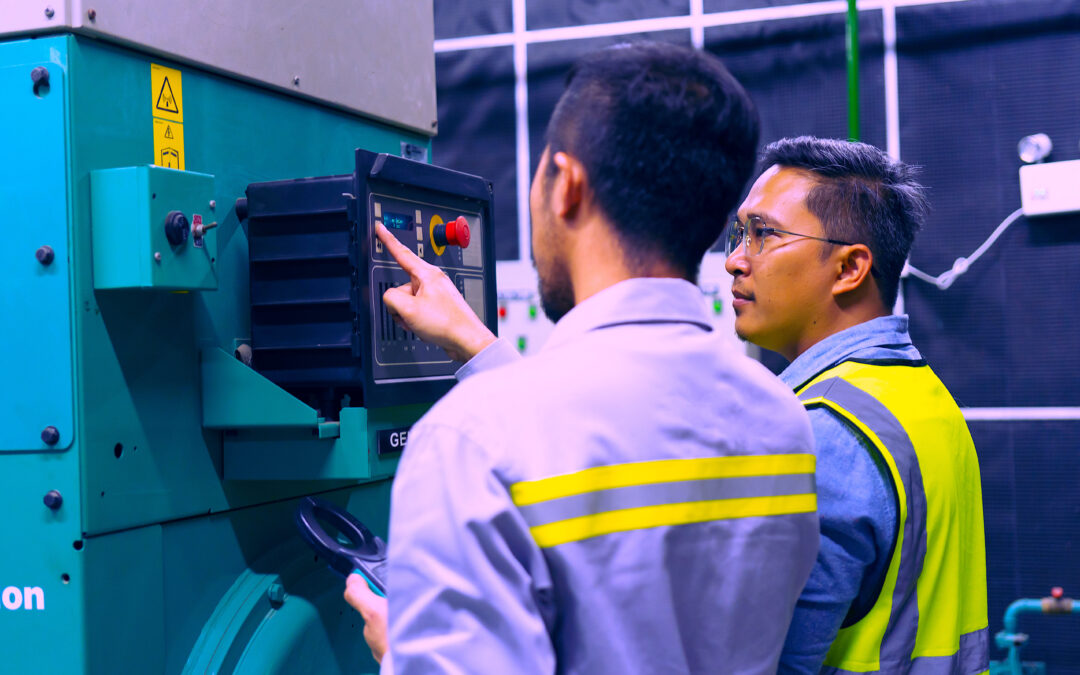My Jan. 31, 2022, newsletter column, “Can We Get Maintenance Staffing Levels Right?” (see link below), responded to an age-old question: “How can I determine the optimum maintenance-technician staffing levels for my plant?” I argued that there’s no reliable international standard or formula for determining those levels. I also emphasized five considerations in the evaluation of optimum staffing: Maintenance Work, People, Skills, Deployment, and Equipment. With this in mind, where do we start?
Click Here To Read The Referenced Newsletter Column
“Can We Get Maintenance Staffing Levels Right?”
Unfortunately, maintenance skill sets are NOT standardized. Highly variable, they’re a factor of 1) skills; 2) knowledge; and 3) proficiency (or levels of qualification) to perform very specific tasks on a defined set of equipment. By not paying attention to these three factors, we’re hoping maintenance technicians can “just figure it out.” After all, aren’t they “skilled” people?”
Maintenance technicians can acquire their skill sets in any number of ways: growing up in a family of maintenance people; community-college or tech-school education/training, OEM classes, and/or apprenticeships. How they adapt their skill sets to the variety of equipment in our facilities can be formal, i.e., planned, scheduled, documented, coached/mentored, and based on procedures; OR informal, i.e., “figure it out” when the opportunity arises.
Some individuals are quick learners, be it through formal or seat-of-the-pants learning strategies. (Yikes! I hate referring to “strategies” here. Learning methods are far from strategic.)
On the other hand, what would “strategic” maintenance-technician training and staffing actually look like? Given people with fundamental maintenance-related skills and knowledge in mechanical, machining, electrical, electronics, and/or instruments and controls areas, training and/or staffing requirements should start with the EQUIPMENT. But why?
To put it simply, EQUIPMENT is what we expect maintenance technicians to work on. Try this. Break down plant equipment into systems and sub-systems, the same way we do in a reliability analysis. Looking at each system/sub-system, identify the components, define what they do and how they all interact to make the equipment do what it is intended to do: run the way it’s supposed to run reliably. In a nutshell, that’s what maintenance technicians must be proficient at maintaining.
Also, one of the most important maintenance-technician skills is knowing HOW equipment is supposed to work. We should not expect them to just be “parts changers” or “greasers.” They’re maintainers charged with sustaining the desired levels of equipment performance.
At a minimum, maintenance-technician training and staffing must address the most important needs: the most important equipment in the plant. By aligning the right people and their basic maintenance skills with a site’s equipment systems and sub-systems, we have a starting point for identifying specific required skill sets.
But, beyond identifying equipment-specific skill sets, we also have an equipment system-sub system breakdown to further refine the required skill sets AND, accordingly, prepare detailed maintenance-work processes (work instructions, procedures, and checklists, for example) to document the maintenance methods and task-performance requirements.
The role of RAM professionals in all this is basically three-fold: We should continue to focus equally on the EQUIPMENT, the required WORK PROCESSES, and the PEOPLE who carry out those work processes.TRR
ABOUT THE AUTHOR
Bob Williamson is a long-time contributor to the “people-side” of the world-class-maintenance and manufacturing body of knowledge across dozens of industry types. His vast background in maintenance, machine and tool design, and teaching has positioned his work with over 500 companies and plants, facilities, and equipment-oriented organizations. Contact him directly at 512-800-6031 or bwilliamson@theramreview.com.
Tags: reliability, availability, maintenance, RAM, skills shortages, skill sets, skill proficiency, training and qualification



